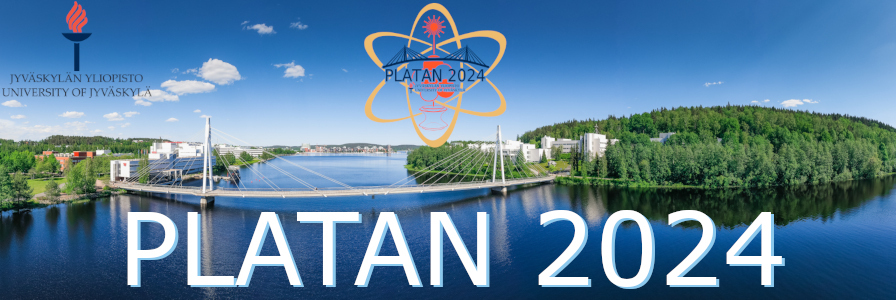Speaker
Description
On-line in-source laser resonance ionization is a highly sensitive tool for nuclear structure investigations [1]. While the efficiency of this technique is unrivaled, the experimental resolution is ultimately limited by Doppler broadening in the hot cavity required to ensure atom volatilization. At typical operation temperatures around 2000 °C, this leads to a several GHz limit, whereas precise measurements of nuclear magnetic and quadrupole moments often require resolving hyperfine structure splittings well below the GHz regime.
A new laser ion source design has been implemented at CERN-ISOLDE to provide in-source spectroscopy capabilities down to experimental linewidths around 100 MHz, an order of magnitude below usual limitations. It is based on the Laser Ion Source and Trap (LIST) [2], tailored for high purity ion beam production. In the new so-called Perpendicularly Illuminated LIST (PI-LIST) mode [3], a crossed laser / atom beam geometry reduces the effective Doppler broadening by addressing only the transversal velocity components of the effusing atom ensemble – a method that had previously become the standard for very successful off-line experiments at Mainz University [4, 5, 6].
We report on the first-time on-line application of the PI-LIST [7] for investigations on octupole deformation in neutron-rich actinium isotopes [8]. Limitations, prospects and developments are discussed, and several application cases mainly focused on the lanthanide and actinide region are presented.
References
[1] Fedosseev et al., J. Phys. G: Nucl. Part. Phys. 44 084006 (2017)
[2] Fink et al., Phys. Rev. X 5, 011018 (2015)
[3] Heinke et al., Hyperfine Interact 238, 6 (2017)
[4] Studer et al., Eur. Phys. J. A 56, 69 (2020)
[5] Kron et al., Phys. Rev. C 102, 034307 (2020)
[6] Weber et al., Phys. Rev. C 107, 034313 (2023)
[7] Heinke et al., NIMB 541,8-12 (2023)
[8] Verstraelen et al., Phys. Rev. C 100, 044321 (2019)

